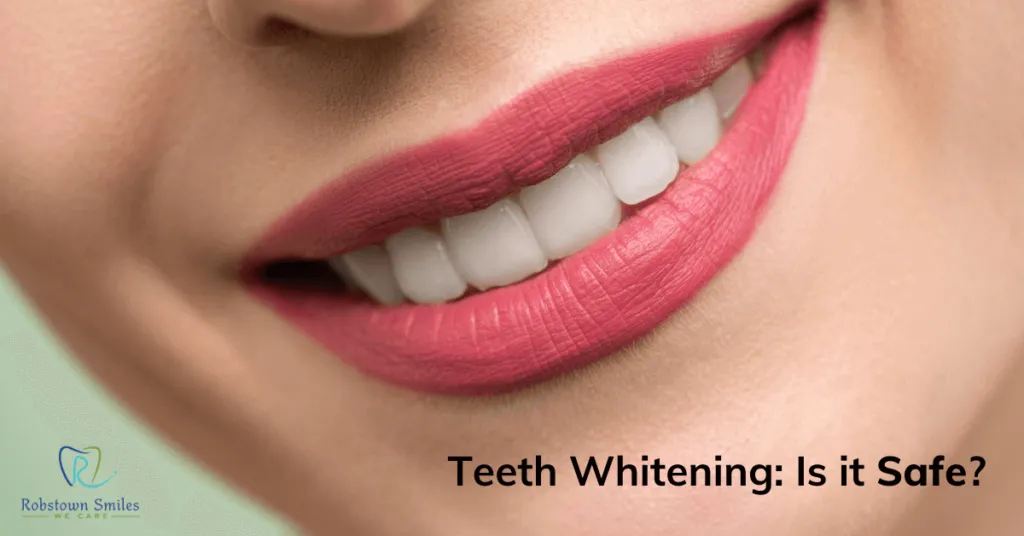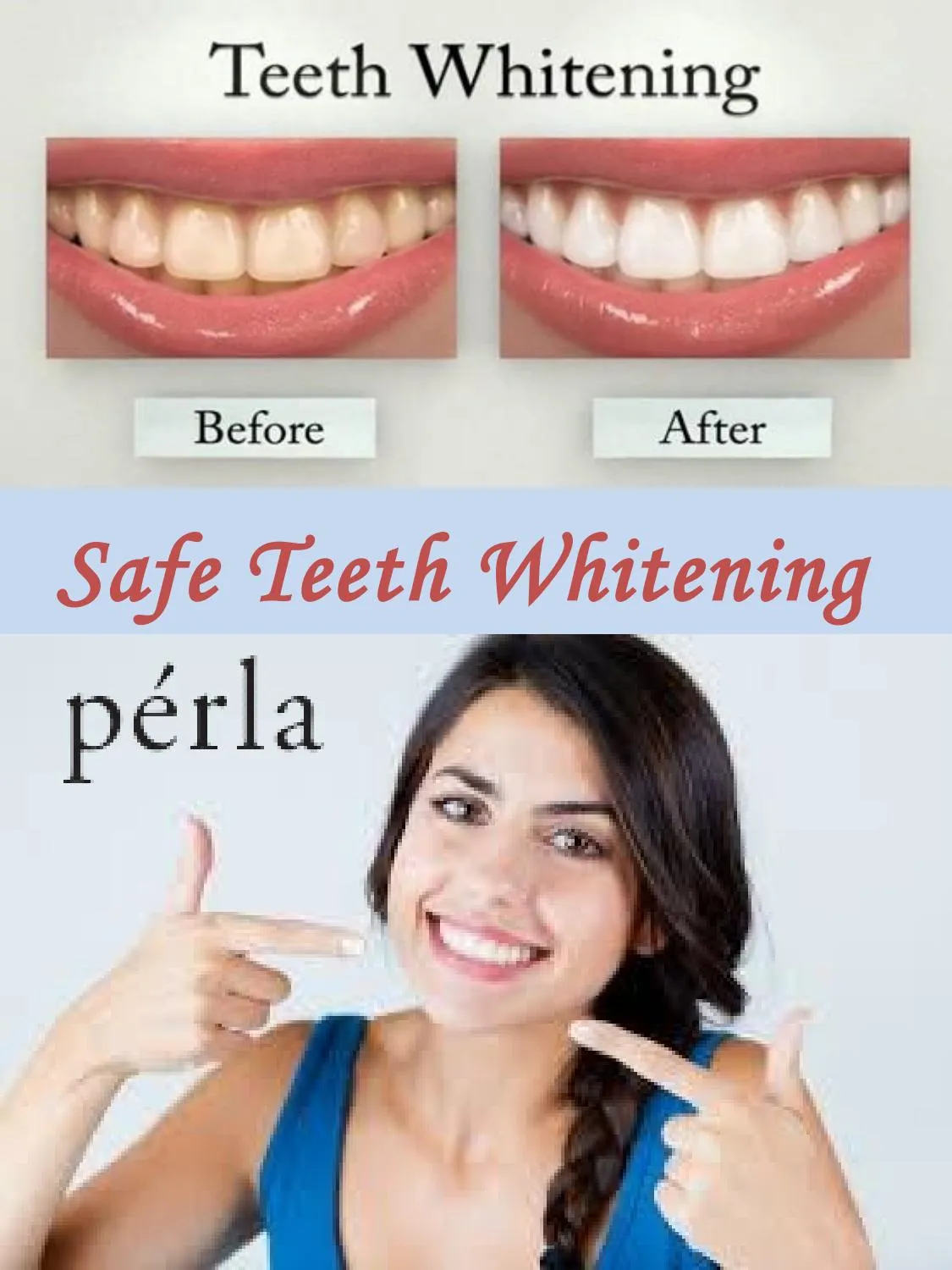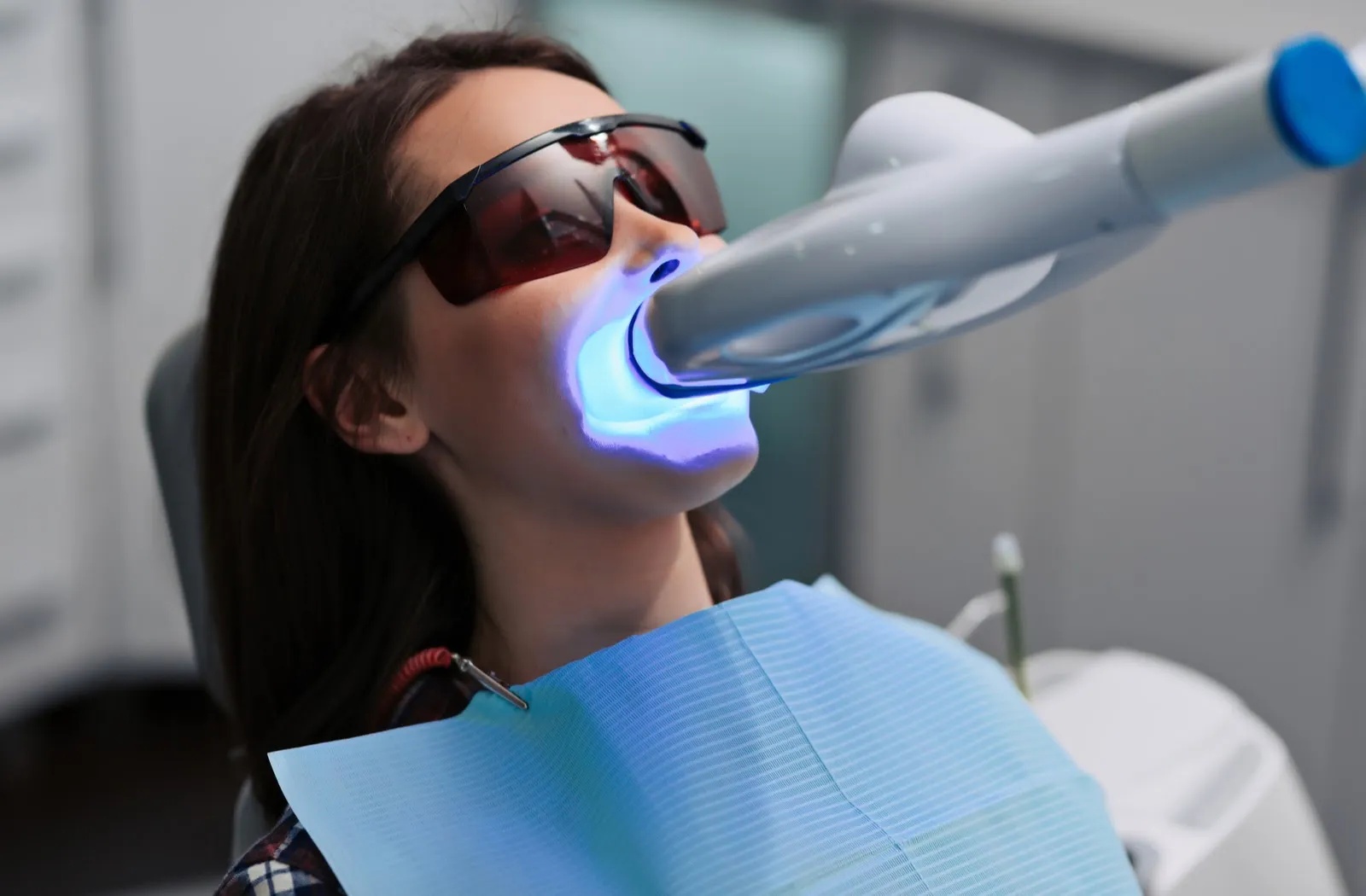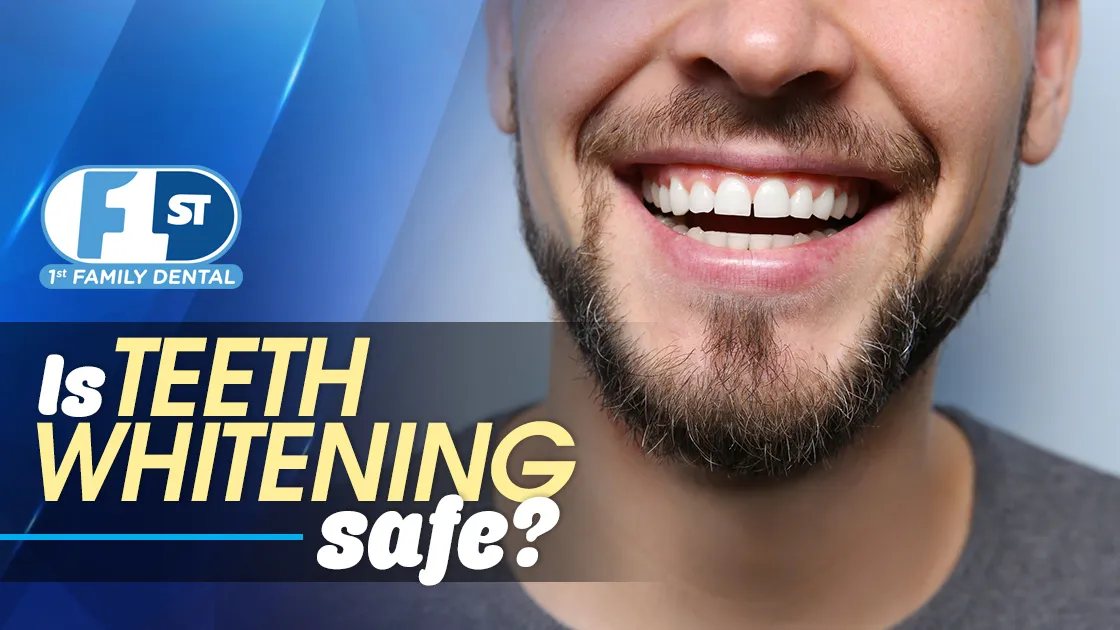Teeth Whitening Safety Introduction
Teeth whitening has become a very popular cosmetic dental procedure, with many individuals seeking brighter, whiter smiles. However, with the increased demand comes the important question is teeth whitening safe? This article delves into the safety aspects of teeth whitening, providing you with five key facts to help you make informed decisions about this procedure. It is crucial to understand the different methods, potential side effects, and how to ensure the process is as safe as possible. Whether you are considering an at-home kit or professional treatment, the information here will help you navigate the world of teeth whitening with confidence. We’ll examine the active ingredients, role of professional supervision, at-home versus professional options, sensitivity, and long-term maintenance to offer a comprehensive overview of the safety considerations involved.
Fact 1 The Active Ingredients and Their Effects
The primary active ingredients in teeth whitening products are hydrogen peroxide and carbamide peroxide. These chemicals work by breaking down the stains and discoloration on the tooth surface, resulting in a lighter shade. The concentration of these ingredients varies depending on the product and the method of application. Understanding the effects of these ingredients is vital to evaluating the safety of teeth whitening. Both hydrogen peroxide and carbamide peroxide release oxygen molecules, which penetrate the enamel and dentin to oxidize the stain molecules. The safety profile of these ingredients, including their potential for causing sensitivity and irritation, is a critical aspect of assessing their suitability for use.
Understanding Hydrogen Peroxide

Hydrogen peroxide is a common and potent bleaching agent used in many teeth whitening treatments. It is often used in higher concentrations in professional treatments, such as those performed by dentists. While effective, hydrogen peroxide can potentially cause sensitivity in the teeth and irritation of the gums. The safety of hydrogen peroxide depends on the concentration and the duration of exposure. Higher concentrations, when used improperly, can lead to more significant side effects. That’s why it’s very important to follow instructions carefully and consult with a dental professional. Furthermore, the use of hydrogen peroxide requires careful application to prevent contact with the gums, as this can lead to irritation and inflammation.
Carbamide Peroxide Explained
Carbamide peroxide is another common ingredient in teeth whitening products, particularly those used in at-home kits. It breaks down into hydrogen peroxide, releasing the active bleaching agent over time. This means that carbamide peroxide provides a gentler, more sustained release of the active ingredient, which might be preferred by some individuals. While carbamide peroxide is generally considered safer than high concentrations of hydrogen peroxide, it still carries potential risks. The concentration of carbamide peroxide determines how quickly the whitening effect takes place, along with the potential for sensitivity. Proper use, following product instructions, and consulting with a dentist are essential for a safe and effective experience.
Fact 2 The Role of Professional Supervision
Professional supervision plays a significant role in ensuring the safety of teeth whitening treatments. Dentists are trained to assess the patient’s oral health, identify any pre-existing conditions, and customize the whitening treatment accordingly. This is essential, as teeth whitening isn’t suitable for everyone. A dentist can evaluate the condition of your teeth and gums, and determine if you’re a good candidate for whitening. This assessment minimizes the risk of adverse effects, such as excessive sensitivity or gum irritation. Professional treatments also use stronger concentrations of whitening agents, but under controlled conditions, which reduces the risks. Regular check-ups and professional guidance will maximize both the safety and effectiveness of the whitening procedure.
Benefits of Dentist-Supervised Whitening

Dentist-supervised whitening offers several benefits compared to at-home treatments. Dentists can use higher concentrations of bleaching agents, which often leads to quicker and more dramatic results. Additionally, they can apply protective measures, like isolating the gums with a protective barrier to prevent irritation. A dentist also will know how to manage and address potential side effects like teeth sensitivity. Furthermore, a professional setting ensures adherence to safety protocols, helping to minimize the risks involved. The expertise and oversight of a dental professional ensure the treatment is safe and appropriate for your specific needs, thus minimizing potential complications. They can also offer ongoing support and advice throughout the whitening process.
Addressing Potential Side Effects
Professional supervision provides the dentist with a means to manage any side effects that occur during the whitening process. The most common side effects are teeth sensitivity and gum irritation. Dentists can use desensitizing agents or adjust the treatment plan to minimize these effects. They can provide detailed instructions on how to manage any discomfort and recommend products like fluoride toothpaste to help reduce sensitivity. In cases of severe irritation, the dentist will temporarily halt the treatment and offer appropriate remedies. Their ability to monitor the process and address any adverse reactions promptly makes professional teeth whitening safer and more effective.
Fact 3 At-Home vs Professional Treatments
Choosing between at-home and professional teeth whitening is an important decision, and one that significantly impacts the safety of your treatment. At-home kits are generally more affordable and convenient but might pose higher risks if not used correctly. Professional treatments, while more expensive, offer the benefits of professional expertise and increased safety. This section outlines the pros and cons of both approaches, allowing you to make an informed choice based on your needs and health.
Pros and Cons of At-Home Kits

At-home teeth whitening kits are readily available over the counter, offering convenience and affordability. The main advantage is the flexibility to whiten your teeth in the comfort of your own home, at your own pace. However, at-home kits often use lower concentrations of bleaching agents, which can lead to slower results. The use of these kits might also pose certain risks, particularly if not used properly. Improper application can cause gum irritation and sensitivity. Without professional supervision, there is a risk of misdiagnosing dental issues, and the treatment might not be suitable for all individuals. It’s important to read the product instructions carefully and adhere to them meticulously to minimize risks, but it is always recommended to consult with a dentist before starting an at-home treatment to ensure your suitability for it.
The Advantage of Professional Treatments
Professional teeth whitening performed by a dentist offers many advantages. Dentists use stronger bleaching agents, which produce faster and more pronounced results. The treatment is administered under controlled conditions, with protective measures to minimize the risks of gum irritation and sensitivity. Professional treatments start with a thorough examination of your teeth and gums, ensuring that the treatment is safe and appropriate for you. Dentists can also tailor the treatment to your specific needs, adjusting the concentration and duration of the whitening process as required. The benefits of professional treatments extend beyond just the results, as they are designed to be both safe and effective.
Fact 4 Sensitivity and Gum Irritation
Sensitivity and gum irritation are common side effects of teeth whitening, regardless of the method used. These effects are usually temporary and can be managed effectively with proper care and guidance from your dentist. Understanding these side effects, and how to manage them, is crucial for a safe and comfortable teeth whitening experience. By using specific products or adjusting the procedure, these problems can be reduced or eliminated.
Managing Teeth Sensitivity

Teeth sensitivity is one of the most common side effects of teeth whitening. The bleaching agents used can penetrate the enamel and irritate the nerves within the teeth, causing discomfort. Several strategies can help manage this sensitivity. Using a desensitizing toothpaste containing potassium nitrate before, during, and after treatment is very helpful. Your dentist might also recommend fluoride treatments or prescribe other medications to reduce sensitivity. Avoiding overly hot or cold foods and drinks during treatment can also help alleviate discomfort. Careful adherence to these guidelines will help minimize the discomfort and ensure a more comfortable teeth whitening experience.
Protecting Your Gums
Gum irritation is another potential side effect, usually caused by the bleaching agent coming into contact with the gum tissue. Dentists use protective measures, such as rubber dams or gingival barriers, to shield the gums from irritation. When using at-home kits, it’s crucial to ensure that the whitening trays fit properly and do not overflow, as this can cause the gel to come into contact with the gums. If you experience gum irritation, stop the treatment and contact your dentist. They may provide topical treatments or adjust the treatment plan to prevent further irritation. Careful application and attention to detail are key to preventing gum irritation and ensuring a safe teeth whitening experience.
Fact 5 Long-Term Safety and Maintenance
Maintaining the results of teeth whitening and ensuring long-term safety requires ongoing care and attention. This involves adopting good oral hygiene practices and making lifestyle choices that minimize the risk of staining. This section explains how to maintain your bright smile and prevent any damage to your teeth.
Maintaining Results and Avoiding Damage

To maintain your white smile, it’s important to make certain lifestyle changes. Avoid or limit consumption of staining foods and beverages, such as coffee, tea, red wine, and berries. Regular brushing and flossing remove plaque and food particles, helping to prevent staining. Using a whitening toothpaste can help to maintain brightness, but it should not replace professional treatments. Regular dental check-ups and cleanings are also essential. Your dentist can monitor your teeth, address any potential issues, and provide professional cleaning to remove surface stains. Following these practices will not only preserve your white smile but also support overall oral health.
Teeth Whitening Conclusion
In conclusion, teeth whitening is generally considered safe when performed under professional supervision or when following instructions carefully. Understanding the active ingredients, potential side effects, and the importance of professional guidance is crucial for a successful and safe whitening experience. While at-home kits offer convenience, they require diligent use and awareness of the risks. Prioritizing your oral health by consulting with a dentist, following all instructions, and practicing good oral hygiene are key to achieving a brighter smile while ensuring your long-term oral health. By following these guidelines, you can enjoy the benefits of teeth whitening safely and effectively.
